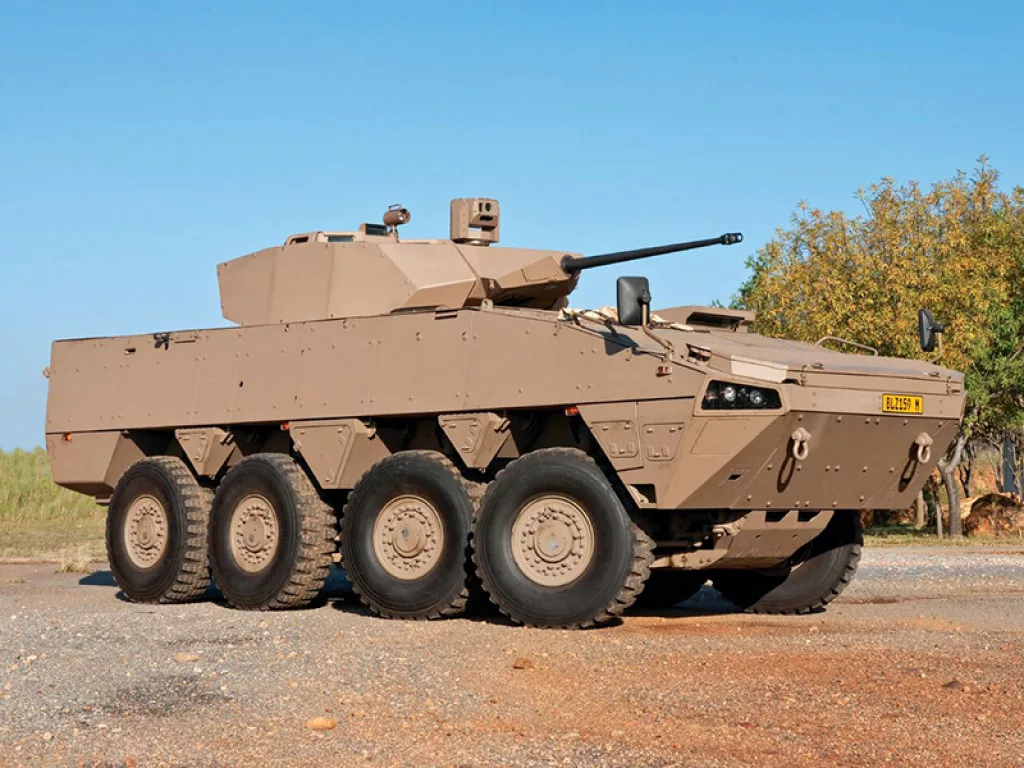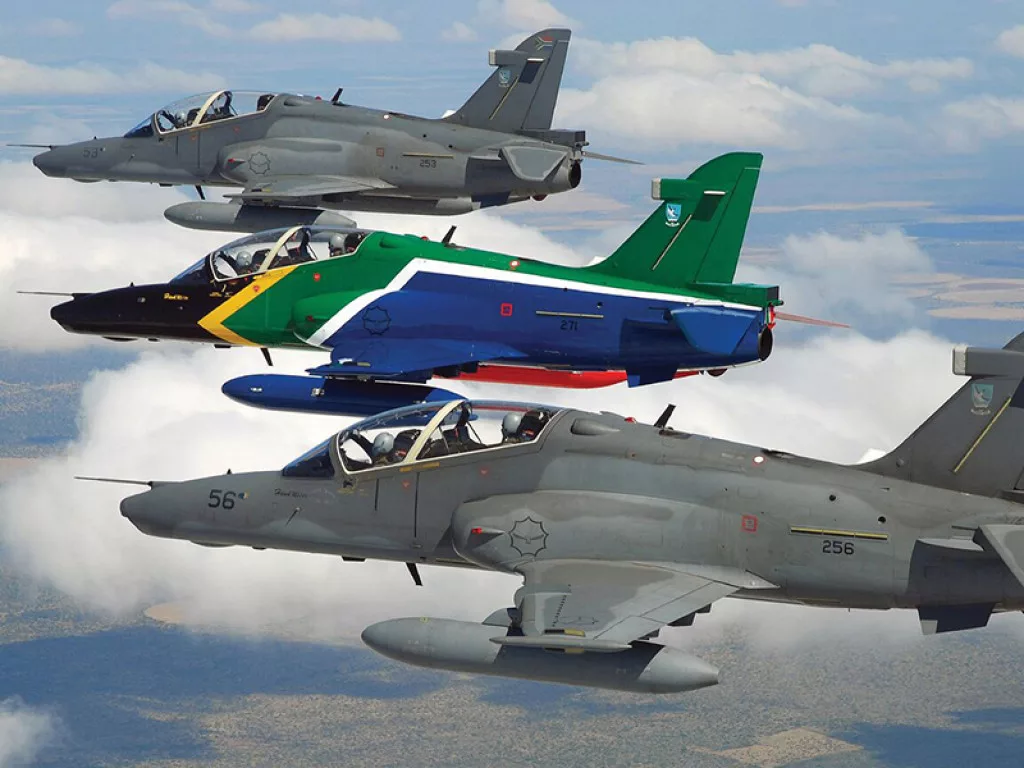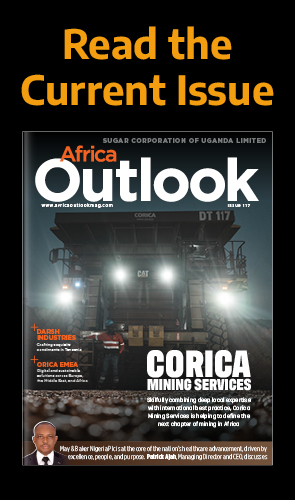We shine a light on South Africa’s defence industry with the South African Aerospace and Maritime Defence Industries Association, an integral asset to the country’s economic growth, and explore the challenges that affect its progression.
- INTRODUCTION
- INTERVIEW: THE SOUTH AFRICAN AEROSPACE MARITIME & DEFENCE INDUSTRIES ASSOCIATION (AMD)
- Can you talk us through the origins of AMD; how it came about and its initial vision?
- Since inception, how has AMD and progressed in terms of its key objectives and the messages it tries to get across?
- Can you outline the different entities within or associated with South African Aerospace and Maritime Defence Industries Association?
- What do you find most exciting about working within the South African aerospace, maritime and defence industries?
- On the flip side, what are its biggest challenges?
- What trends are currently transforming the development of the industry in South Africa and how are you responding to them?
- Have you got any projects in the pipeline you wish to highlight?
- How do you see the industry developing over the next five years?
INTRODUCTION
In South Africa, the defence industry represents one of the country’s key assets. Indeed, the industry stands as one of the largest across the developing world with South Africa’s military institutions officially recognised as a national economic industrial asset.
The arms industry has long been established as a mainstay of South African manufacturing, with the country’s post-apartheid government advocating for a growing arms export trade and local production, following the lifting of military sanctions. The concerted effort towards local production began in earnest in 1961, with military R&D assigned to identify and fulfil the needs of the South African Defence Force (SADF). The importance of the native South African OEMs grew, as the country sought to decrease its reliance on arms imports and boost self-sufficiency.
Tangentially, in the context of a post-apartheid era, the government budget assigned to defence expenditure waned in line with a diminished perceived military threat to the country. The headwinds of these cuts, the majority of which were undertaken between 1989-1994, triggered significant disruption across the industry leading to restructuring and downsizing. With resources redirected from military to human security following the election of South Africa’s first democratic government, defence-industrial stagnation ensued.
Today, the industry faces the universal challenges of adhering to advanced manufacturing practices and incorporating the cutting-edge technologies of the Fourth Industrial Revolution (4IR), with a lack of funding. Despite many questioning the future and value of the defence industry, particularly the country’s NGOs, churches, and trade unions, many underestimate the potential of native South African OEMs to drive export trade whilst strengthening the overall economic development of the country.
In order to spur this growth, further collaboration and consolidation between the public and private sectors is essential to combat the government mismanagement and regulatory complications that continue to plague the industry.

INTERVIEW: THE SOUTH AFRICAN AEROSPACE MARITIME & DEFENCE INDUSTRIES ASSOCIATION (AMD)
Acting in the mutual interest of South Africa’s aerospace, maritime and defence industries, AMD is the sole trade association dedicated to a responsible, sustainable, and profitable future for the sector. We unpack AMD’s vision with Acting Executive Director, Sandile Ndlovu.
Since the association’s inception almost 30 years ago, the Aerospace, Maritime and Defence Industries Association (AMD), has consistently lobbied for greater diversification of South Africa’s defence sector, led by the vision of a profitable, sustainable, and responsible industry. Although the sector plays an integral role in the country’s economic development, particularly concerning the unexploited potential of defence products manufactured on South African soil, development is hampered by a waning budget and disunion between government regulatory regimes. Today, AMD is on the precipice of an ambitious masterplan to drive sector-wide progress.
Can you talk us through the origins of AMD; how it came about and its initial vision?
Sandile Ndlovu, Acting Executive Director (SN): AMD was established over 28 years ago. It came about as a result of a coming together of a number of entities that were active in the aerospace and defence space. Its establishment was also encouraged by the first Minister of Defence, for the post-apartheid South Africa, Mr. Joe Modise. At its inception, its main objective was to lobby on behalf of the industry and also to create a favourable environment for new entrants into the market to emerge – particularly black players.
Since inception, how has AMD and progressed in terms of its key objectives and the messages it tries to get across?
SN: Since its formation AMD has progressed in leaps and bounds. Firstly, the consolidation of South Africa’s Defence Industry’s (SADI) position as the main supplier of arms to the SANDF was confirmed as a result of AMD’s intensive lobbying. Secondly, the development and nurturing of the relationship between the State, as a regulator – through the The National Conventional Arms Control Committee (NCACC), and industry, through AMD, was institutionalised. This led to a great understanding between the two, that does not mean that there has not been challenges – but what it does mean, is that whenever there are challenges, there are mechanisms in place to collectively work on resolving those challenges. This also extends to identifying areas where improvements can be made to the system. Thirdly, the successful pivot from supplying the local client to supplying international clients was achieved under AMD’s watch. The creation of the Industry Export Council in 2015 was a major achievement in this regard.
“The industry is poised for greatness”
Sandile Ndlovu Acting Executive Director, AMD
Can you outline the different entities within or associated with South African Aerospace and Maritime Defence Industries Association?
SN: AMD and South African Aerospace, Maritime and Defence Export Council (SAAMDEC) can be seen as one, because they have a shared constituency. Within the two organisations – there are close to 70 companies that are members. Most of these are original South African companies but some of them are from Europe and USA. But the primary membership of the association and export council is made up of OEM’s. These are manufacturers of defence products.
What do you find most exciting about working within the South African aerospace, maritime and defence industries?
SN: The opportunities that the sector creates for other economic sectors. This sector can truly be considered as an apex sector – in that we have a role to play in practically all of the main economic sectors. It is, therefore, very exciting to see technologies developed by the sector being used, effectively so, in other sectors.
Another exciting thing about the sector, is the potential for exports that the sector has. We produce some of the best products in the aerospace and defence space, and these have proven to be very attractive to international customers.

On the flip side, what are its biggest challenges?
SN: The biggest challenges that we are currently facing as a sector relate to the declining defence budget in South Africa and the inefficiencies of our regulatory regime. Those are the two main issues that we are dealing with. However, on both fronts we are working with our government to find a workable solution.
What trends are currently transforming the development of the industry in South Africa and how are you responding to them?
SN: The main trends that we have to contend with, are that of transformation and the Fourth Industrial Revolution (4IR).
On transformation – we have taken a proactive approach as an industry, to elevate transformation issues to being a main priority for us. We fully accept that transformation is crucial for the survival of our country, and we want to be actively involved in bringing about meaningful transformation in the sector. This transformation must be informed by transparency, affordability and fairness.
On 4IR – the sector is already involved with various initiatives such as Robotics, Smart Computing and Unmanned Underwater Vehicles. We are also at the forefront of advanced manufacturing. We have had to carve out a special role for the sector in the 4IR initiatives that the country is pursuing.
Have you got any projects in the pipeline you wish to highlight?
SN: From the association level, since October 2020 we have been working on implementing the Aerospace and Defence Masterplan. This plan is a practical blueprint on how to take the industry forward. It is, therefore, quite an exciting project to be involved with.
How do you see the industry developing over the next five years?
SN: The industry is poised for greatness and the coming three to five years will be very instrumental in that. We will also work towards transforming the sector to bring in new (and diverse) players.
On the technology and product front, we have adopted a masterplan that will allow us to leverage on all our strengths to ensure that we remain globally competitive.































